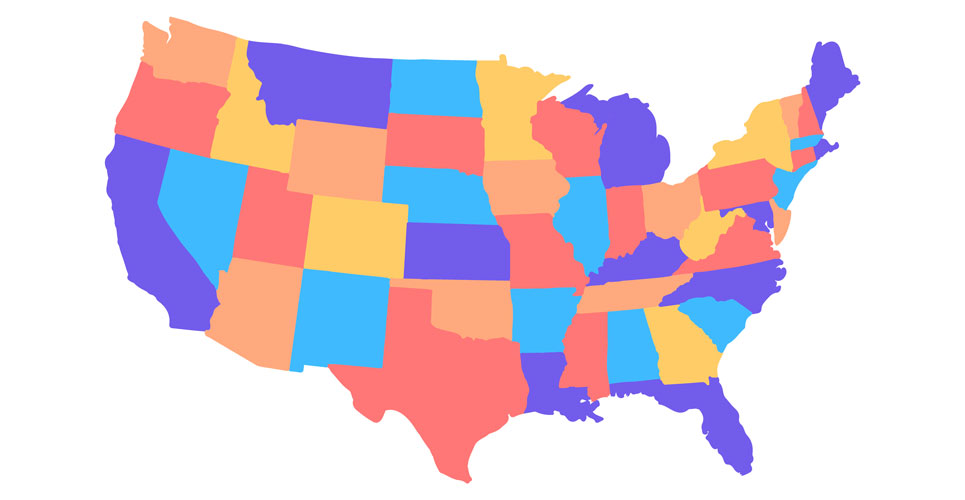Both older adults and those with long-term health conditions are considered most vulnerable to more severe infection and even death from COVID-19 and therefore need to stringently follow government isolation/social distancing advice.
But were these messages communicated effectively amongst the most vulnerable?
In this new US study, a telephone survey was conducted among high-risk, older adults with one or more chronic conditions to gauge their current understanding of several aspects of the pandemic including their perception of the seriousness of the threat, level of worry and concern over catching the virus.1 Overall, 630 people responded to the survey with only a quarter (24.6%) being “very worried” about getting the virus. Perhaps more concerning was how 28% could not correctly identify symptoms or ways to prevent infection (30.2%) with one in four (24.6%) believing that they were “not at all likely” to get the virus. In multivariate analysis it was found that those who were black, living below the poverty line and with low health literacy were more likely to be less worried about the virus.
Although this was limited to participants in a single city, it paints a worrying picture of how those at most risk lacked sufficient understanding or knowledge of the potentially gravity of the pandemic but more importantly, how to protect themselves.
Reference
Wolf MS et al. Awareness, attitudes and actions related to COVID-19 among adults with chronic conditions at the onset of the US outbreak: a cross-sectional survey. Ann Intern Med 2020 Apr 9; M20-1239 [online ahead of print]

